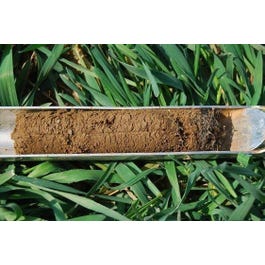Skye King
5 year old buck +
Yep, that is what the articles that I read said. It takes a few years for the wood chips to break down.
What about burning the area with the wood chips? Isn’t the ash supposed to be like lime? Although, I cut down some pine trees and debarked them then stacked them to dry with the intentions of building a log cabin. They rotted so I burned the pile a couple of years ago. That area is still a black spot in my pasture.
What about burning the area with the wood chips? Isn’t the ash supposed to be like lime? Although, I cut down some pine trees and debarked them then stacked them to dry with the intentions of building a log cabin. They rotted so I burned the pile a couple of years ago. That area is still a black spot in my pasture.

